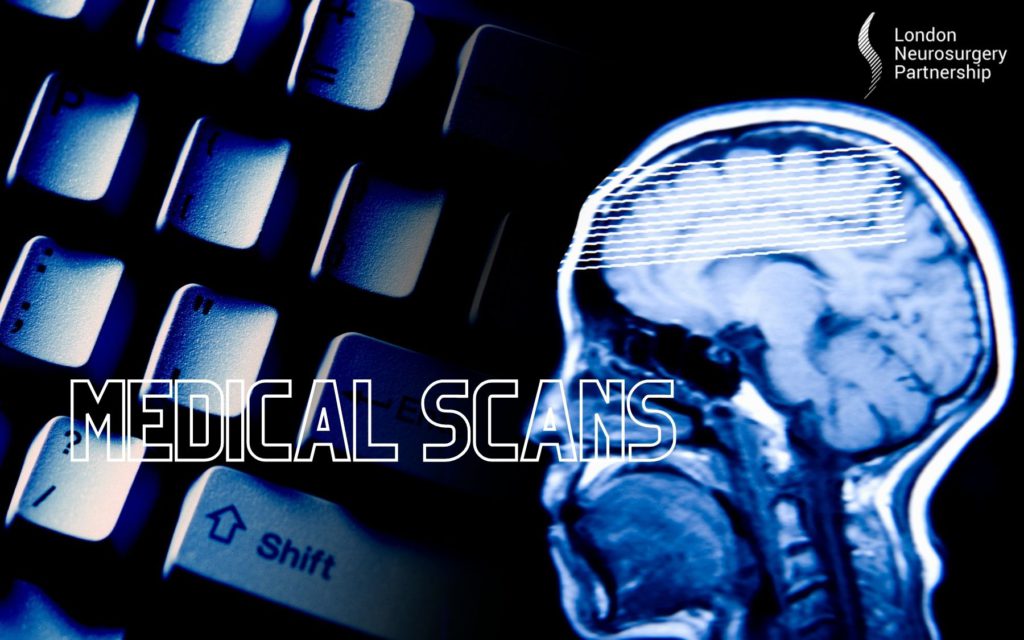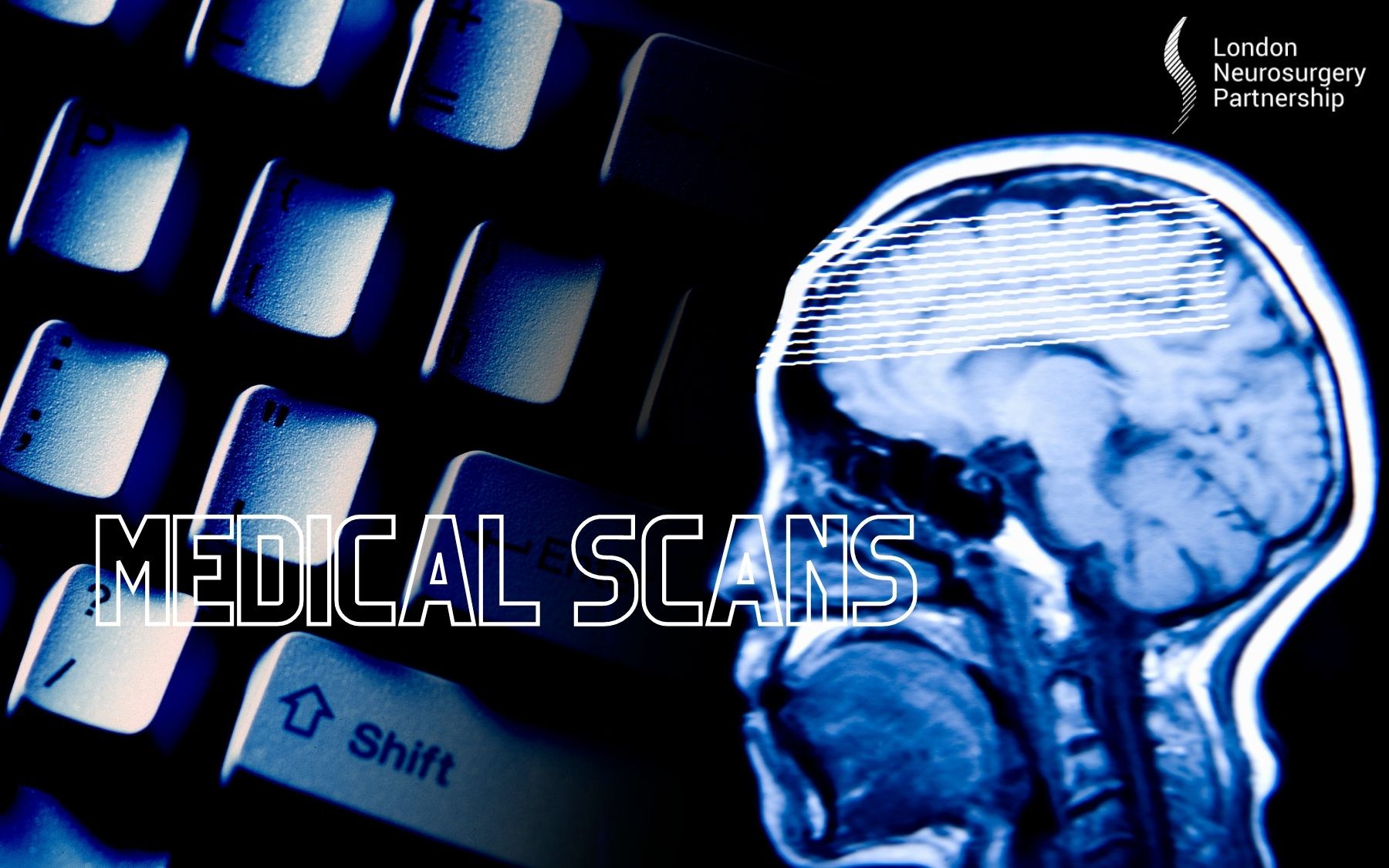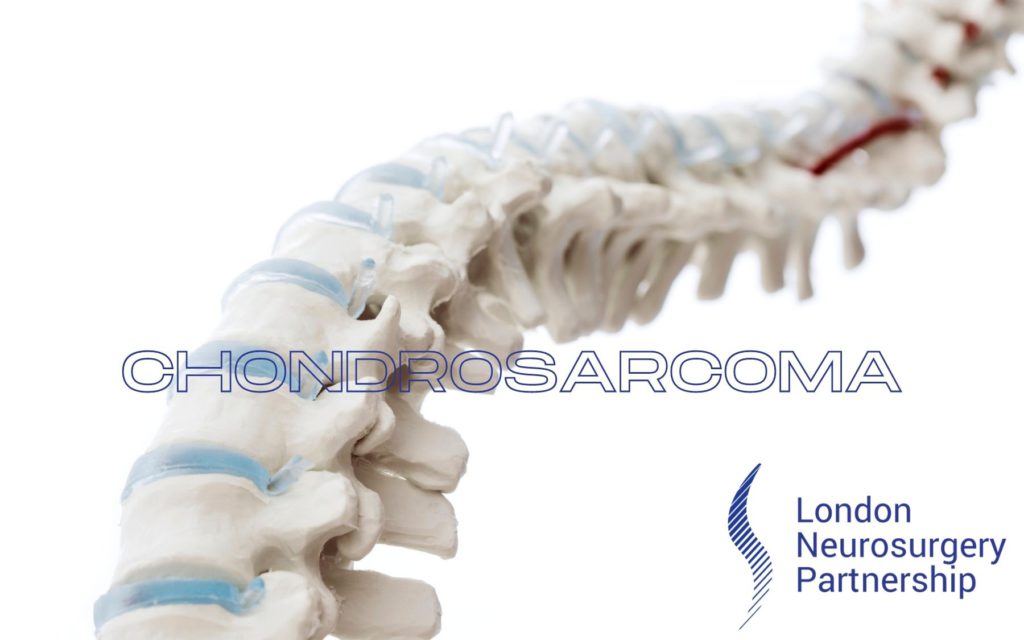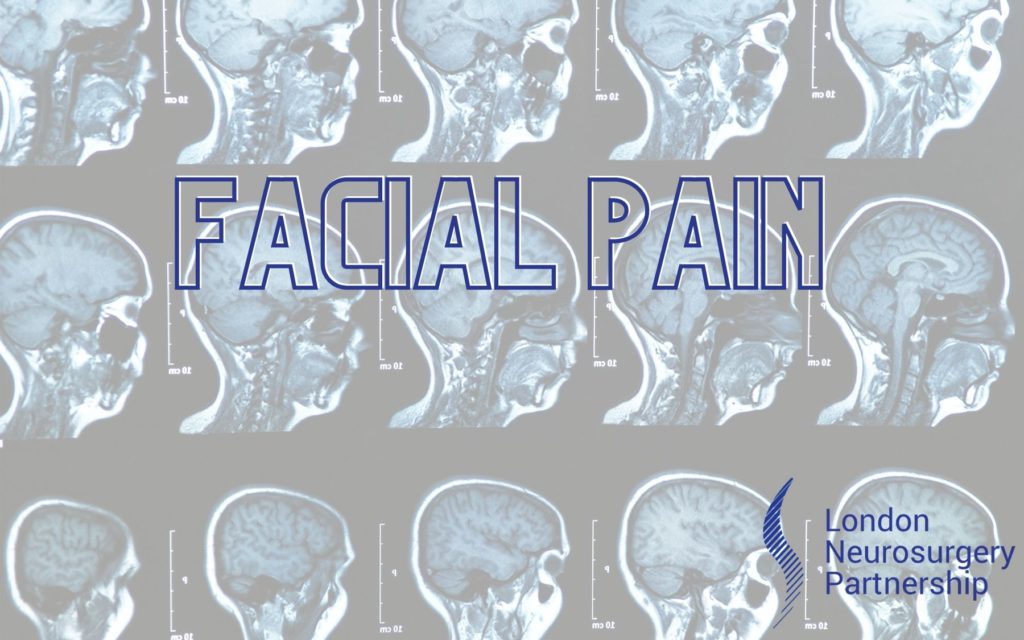
A lot of the patients that come to London Neurosurgery Partnership will need or may have already had some form of medical scan. There are many different types of medical scans that can be used to help the doctor get an understanding of what is going in the brain or spine of a patient. Each of them works in a slightly different way; some use radiation, whereas others use sound waves, radio waves or magnets.
In this blog we will look at some of the most common medical scans; all of the scans below can be used on both adult and paediatric patients. If you have any further questions, please feel free to ask your doctor, nurse or radiologist beforehand.
X-ray
X-rays have been used for over 120 years and are the first time of scan that was used. These are still used every day, they effectively image bones and some tissue. X-ray beam can only travel through certain parts of the body, the areas that it can’t show up in the image and therefore help to form the scan – sort of like light and shadow. An X-ray scan uses a small amount of radiation; however, it is not an unsafe level for humans so you should not worry (you will get more radiation on a plane journey). These are often used to help show fractures or breaks in the bones.
CT scan
CT scans work in the same way as an X-ray however beams are rotated around the whole body to create a 3D image. This therefore gives more information than an X-ray. These scans can be performed very quickly and are often used in emergency cases, for example when a patient comes to A&E, to give the doctor an immediate understanding of what might be happening with the bones especially.
Over the years, the way that CT scans are given has been changed to ensure that the patient get as little radiation as possible; which is still extremely low.
MRI scan
MRI scans work in a completely different way to CT scans and X-ray’s; they use both radio waves and strong magnets. Once the MRI scan has been completed, software is used to create a 3D image that shows the different tissue types -this is a great scan for imaging soft tissue such as the discs and spinal cord. An MRI scan is more commonly used to diagnose problems with the tissue, such as discs, muscle problems, blood flow problems and cancerous diseases.
During the scan, the patient is required to lie still for a long period of time. These can be used on both adult and paediatric patients; however, child may be offered some medication beforehand to comfort them.
These are just some of the medical scans that are used for patients in neurosurgery care. If you would like to speak to our team about having medical scans or discussing scan results, please call us on 0207 034 8709 or email us on info@londonneurosurgerypartnership.co.uk
This article is intended to inform and give insight but not treat, diagnose or replace the advice of a doctor. Always seek medical advice with any questions regarding a medical condition.






0 Comments